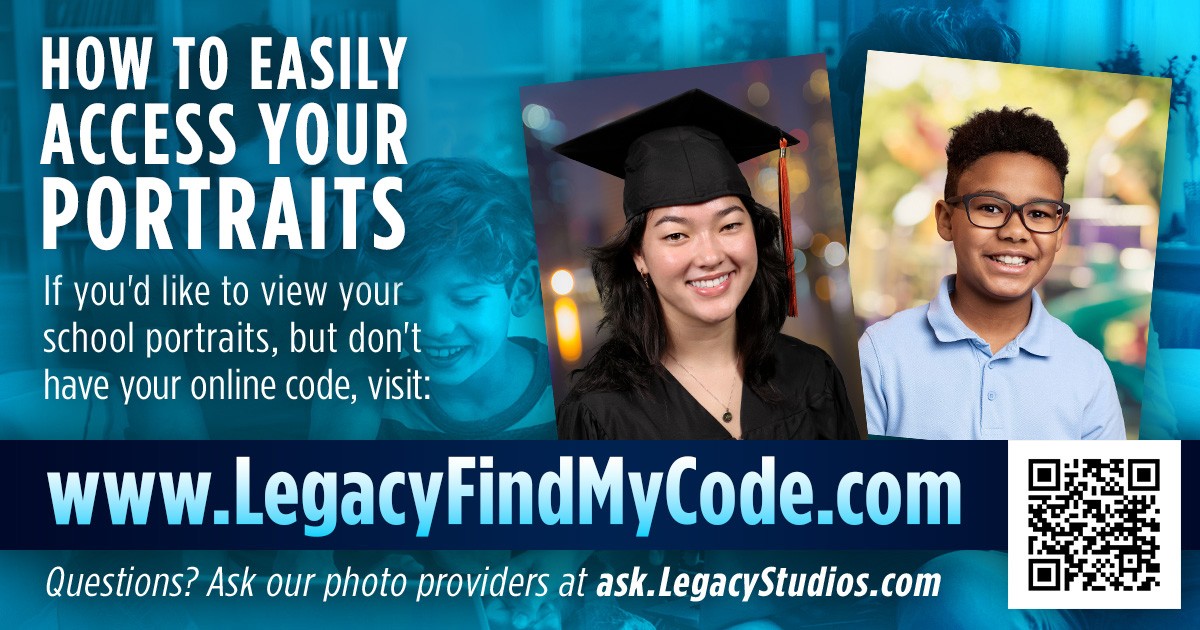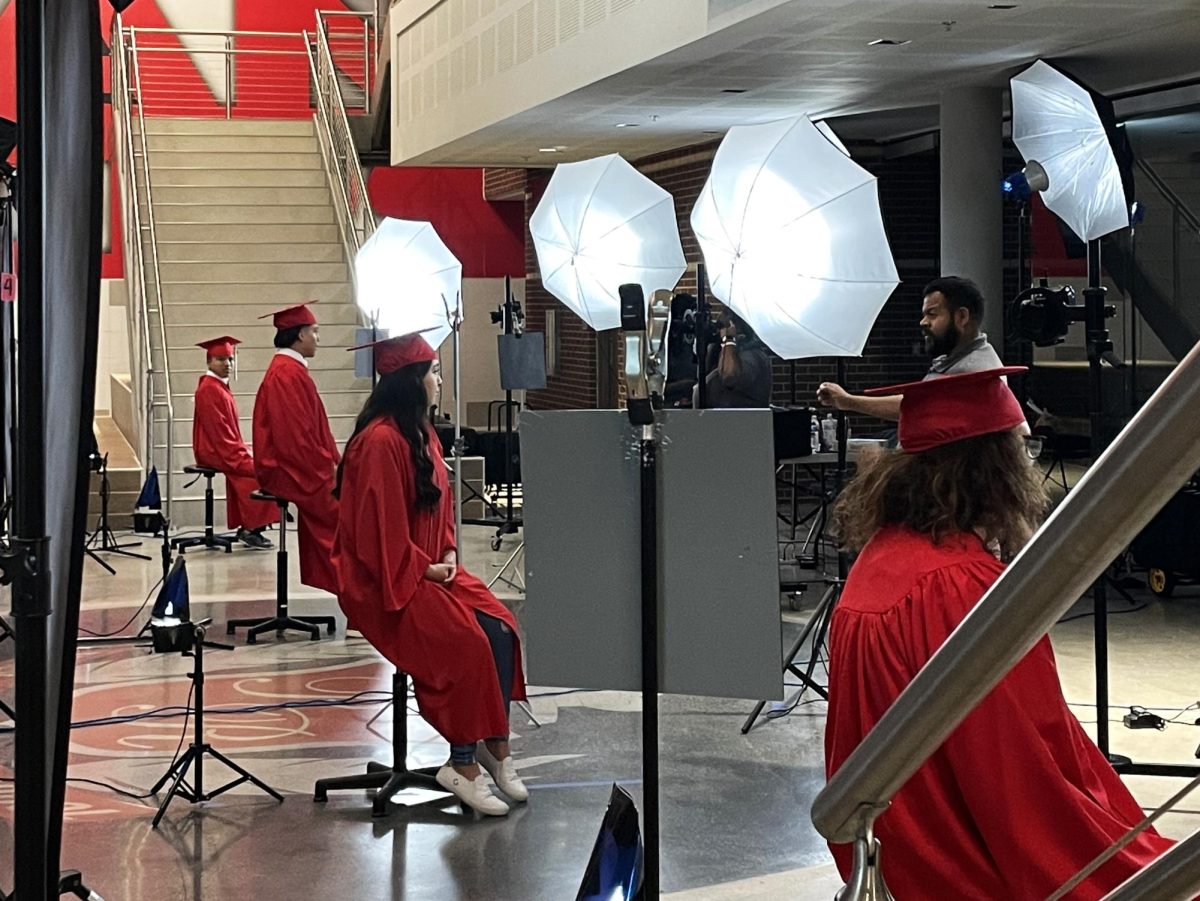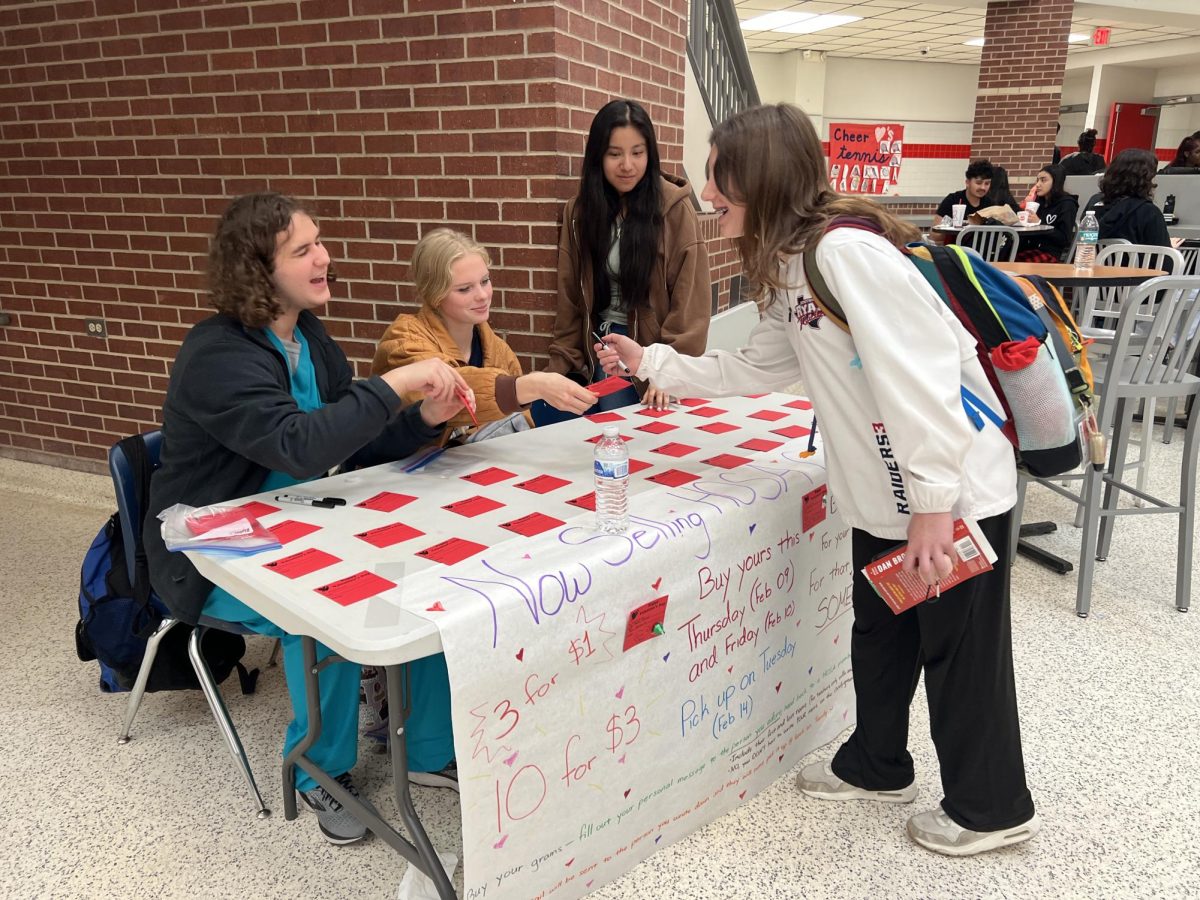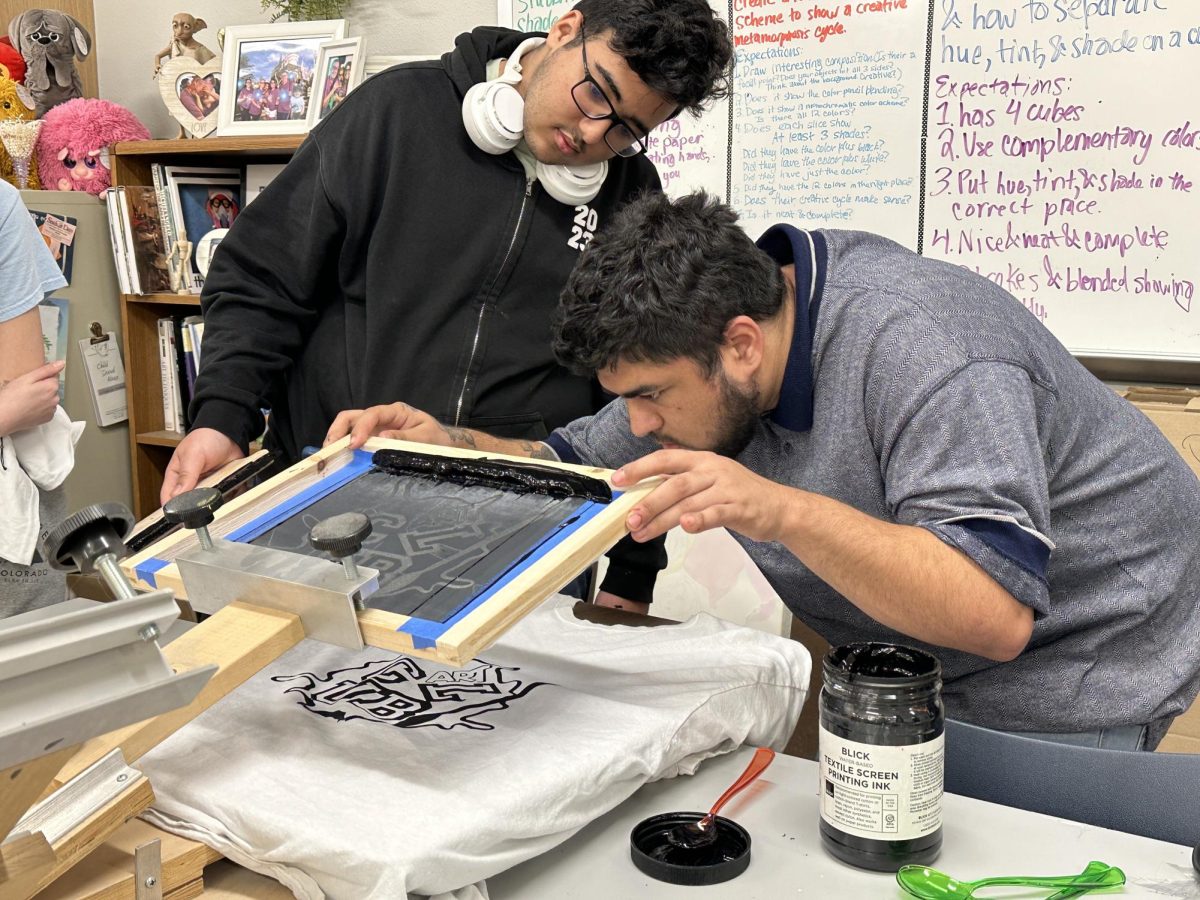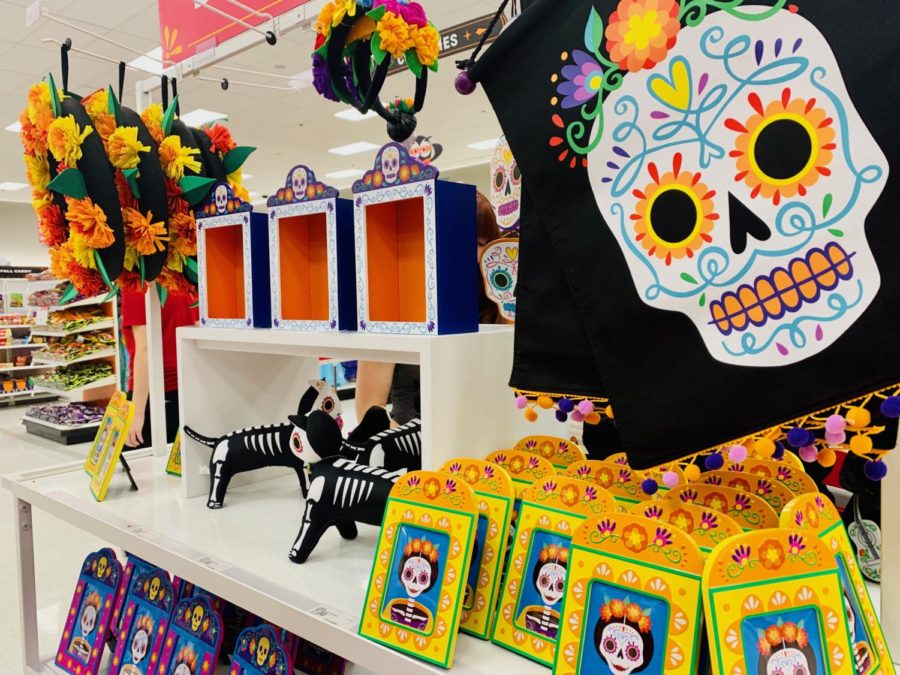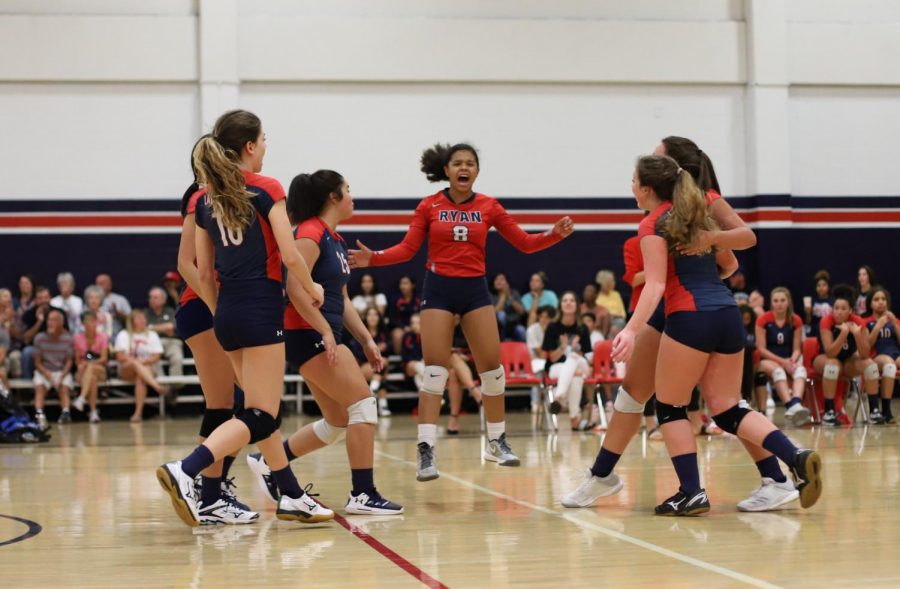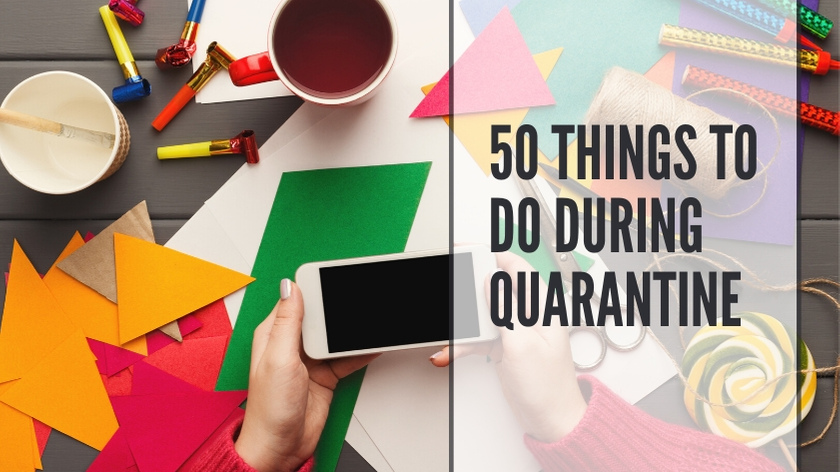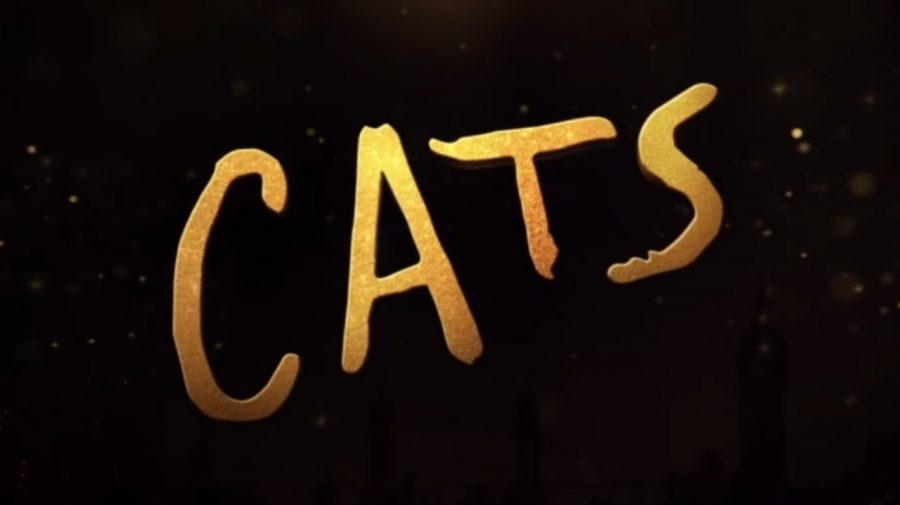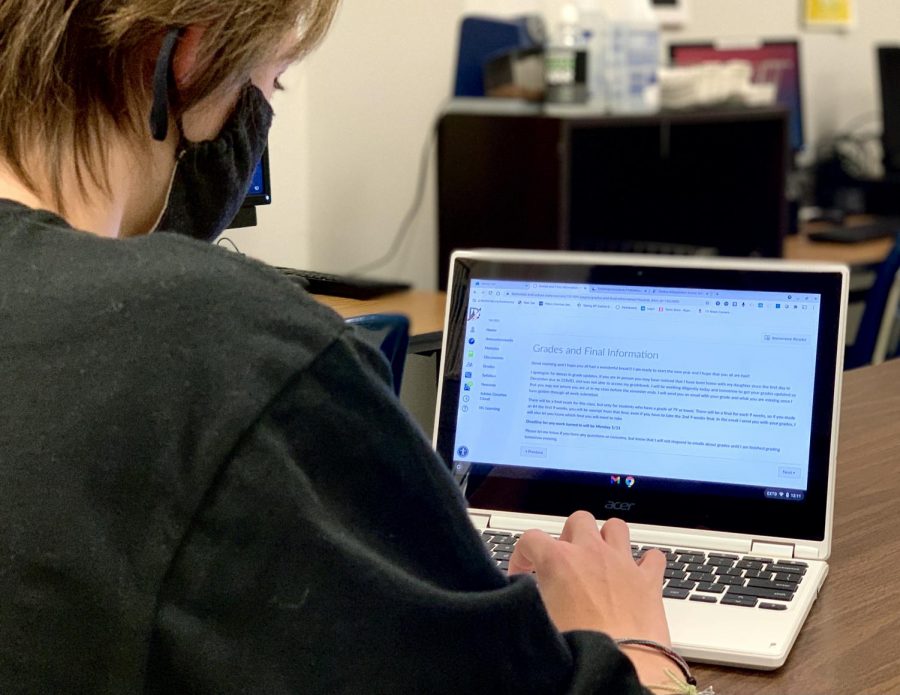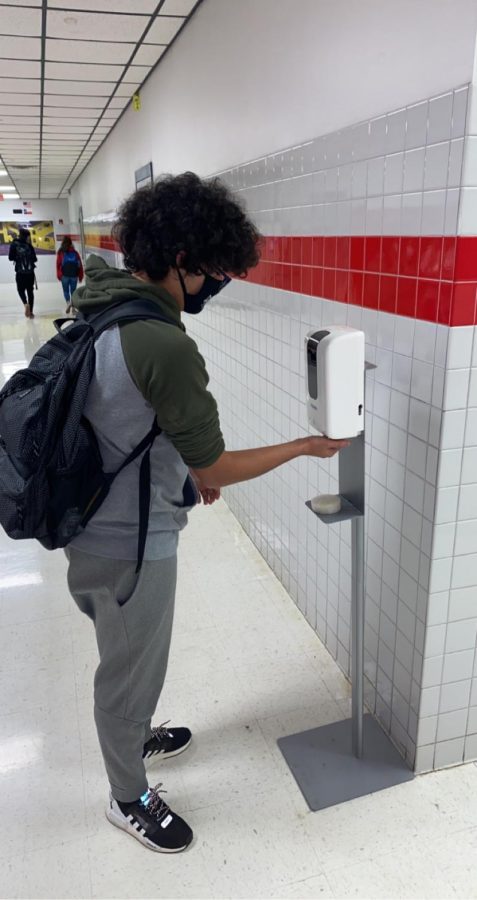No Filter necessary
The lights dim.
The music rises.
The girl with the video camera comes into focus on screen. She holds the camera steady, but mobile, in front of her, ready to capture every little detail of the world in cinematic filters.
Soon, the frame will widen to reveal her surroundings, and the audience will learn about the girl’s family, the boy she loves, and the ocean of hatred and fear between them, but right now on screen, everything else around her blurs.
She is just a girl with a camera.
Samira Ahmed’s 2018 novel, Love, Hate and Other Filters, centers around Maya Aziz, a Muslim American high schooler whose parents immigrated from India to Batavia, Illinois, to start a family. Maya’s lifelong dream is to study film-making at NYU and make movies of her own, and she almost manages to convince her traditional parents to let her go … until a terrorist attack at the Chicago Federal Building incites anti-Muslim violence and endangers the lives of Maya and her family.
On top of that, Maya must finally address her long-time crush on the school quarterback, who might just be starting to like her back, as well as the possibility of a budding romance with the more “suitable” Indian boy her parents prefer.
This novel is quaint and hopeful, refreshing in its diversion from the norms of romance young adult (YA) novels. At first glance, it seems to adhere to the classic love triangle trope that dominates the genre, but it quickly digs deeper. Admittedly, the two boys who dominate Maya’s love life are obnoxiously perfect— gorgeous, charismatic, thoughtful, not a flaw to be found. Snore.
However, with these pristine personalities comes a trait that sets them apart from most leading men of YA tradition: they understand that Maya’s life does not revolve around them. Too many times I’ve read young adult romances in which the girl’s love interests fight like animals to gain her affection instead of simply letting her decide which of them, if any, she would like to date. Maya’s story is not like that. Both of the boys in her life understand and respect the amount of stress her family’s under and the fact that she might not end up with either of them. It’s refreshing to read that kind of maturity in a teen novel.
On the other hand, when it comes to themes of religion and racial prejudice, this book didn’t emotionally affect me the way it seems to have for so many others who reviewed it online, and at first I wasn’t sure why. Why is it that so many people felt deeply moved by Maya’s story, while I was only vaguely disappointed and, honestly, unsurprised at the overt racism throughout the novel? The simple answer is that I don’t feel as affected by it because I’ve never experienced it. As a white, Christian person, I’ve never been personally touched by the dangerous consequences of religious prejudice, so I can’t relate to the struggles of everyday families who face that prejudice in the wake of terrorism.
However, just because I can’t relate to something doesn’t mean I shouldn’t care, and that’s what this book taught me. No one should have to face prejudice for practicing their religion, no matter how large or small that prejudice may be, and I should care about those who face that prejudice.
I probably won’t read this book again because I think the message is simple enough to understand from a single reading, but I would recommend it to anyone who wants a glimpse into the life experiences of a young Muslim woman, especially one growing up in a predominately non-Muslim community. I give it 4/5 stars.
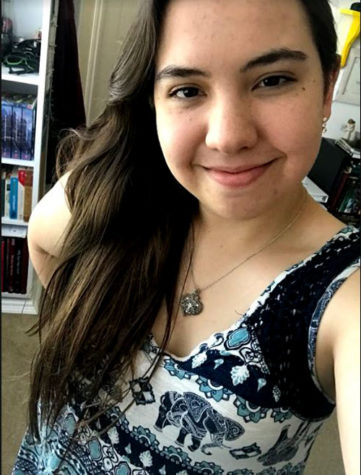
INFJ- I’m a senior involved in creative clubs and activities like Newspaper, Yearbook, Literary Criticism, and the Literary Magazine. I love writing,...

